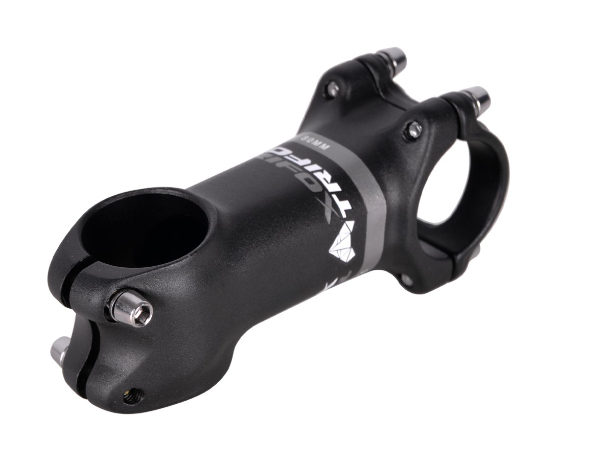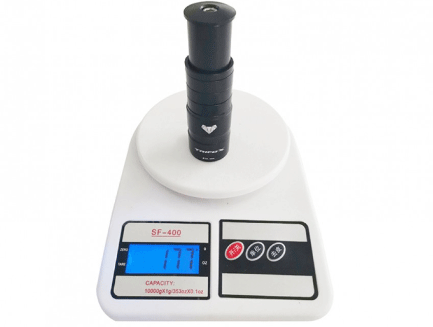With the advent of carbon fiber in the cycling industry, bikes have become lighter, stronger, and more efficient. One component that has significantly benefited from this material is the bike stem. The carbon stem, which connects your handlebars to the steerer tube of your bicycle fork, plays a crucial role in the overall performance and handling of your bike. But how long can you expect your carbon stem to last?
Understanding Carbon Stems
Carbon stems are favored for their lightweight and stiffness, attributes that provide precision steering and efficient power transfer. However, unlike metal counterparts, assessing the lifespan of a carbon stem isn't as straightforward. Several factors contribute to its longevity.
Factors Influencing the Lifespan of Your Carbon Stem
1. Quality of Manufacturing
The lifespan of a carbon stem heavily depends on the quality of manufacturing. High-quality carbon stems are designed and manufactured with precision, using superior carbon fiber materials and resin systems. They also undergo rigorous testing to ensure they meet safety and durability standards.
2. Usage
How and where you ride your bike will significantly impact the lifespan of your carbon stem. For instance, if you frequently ride in harsh conditions or rough terrains, your carbon stem might experience more stress, reducing its lifespan. On the other hand, if your rides are mostly smooth and on paved surfaces, your carbon stem could last longer.
3. Maintenance and Care
Regular maintenance can prolong the life of your carbon stem. This includes cleaning it regularly to remove dirt and grime, checking for signs of wear and tear, and ensuring the bolts are correctly torqued. Over-tightening can cause stress cracks in the carbon, while under-tightening may lead to movement and premature wear.
4. Accidents and Damage
Accidents, crashes, or any hard impacts can compromise the integrity of your carbon stem. Even if there are no visible signs of damage, internal structures could be compromised, potentially affecting its performance and safety. After a significant impact, it's advisable to have your carbon stem inspected by a professional.
When Should You Replace Your Carbon Stem?
Unlike some bike components, carbon stems don't have a defined expiration date. The "when" of replacement comes down to usage, care, and occasional professional inspection. If you notice any cracks, creaking sounds when riding, or changes in the bike's handling, these could be signs that your carbon stem needs replacing.

In conclusion, while carbon stems are known for their durability and performance benefits, their lifespan depends on various factors. Regular maintenance and inspections can go a long way in ensuring that your carbon stem remains safe and continues to provide the performance benefits you've come to appreciate.





















































































